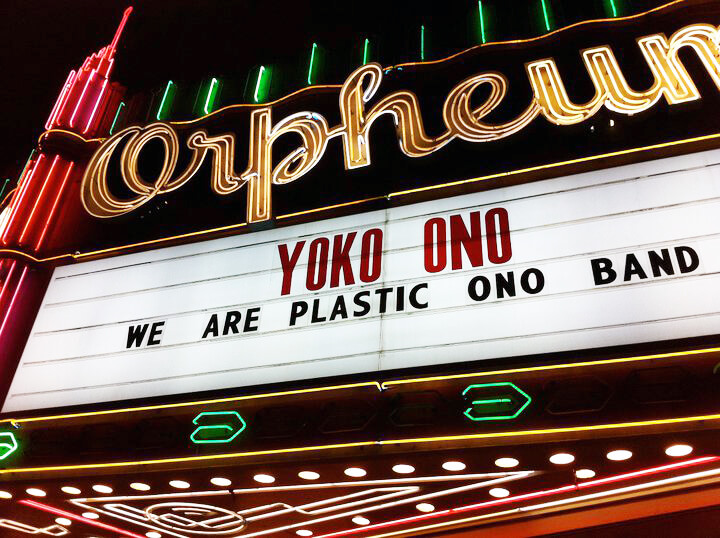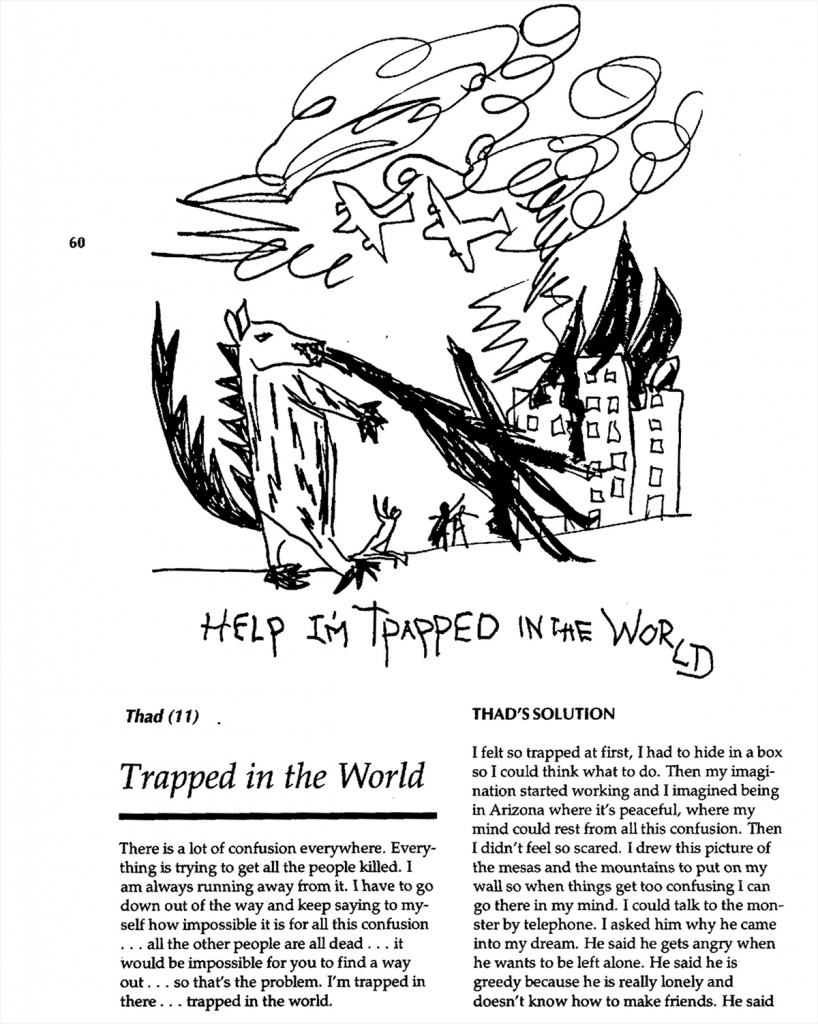The following “anti-principles for design thinking” were written as a way for me to formally map my own production process in my Instructional Design Products Studio course at SFSU with Dr. Brian Beatty for Spring 2021.
I think these anti-principles can be useful to anyone who gets stuck in their design process. In my case, I kept thinking: I’m not following IDEO’s design thinking process in this course. I’m doing it wrong. I’m doing something a lot messier. At the same time, everything I did was part of a thoughtful and productive design process. It was just a swerve and I think swerves are interesting and useful and cool because they enable us to look at problems in a slightly different way.
1. Design thinking isn't new. Design thinking is new to you.
There is a considerable difference between thinking that design thinking is a different or “new” way of thinking that needs to be applied to an ever-increasing array of situations and problems—and grasping the fact that, empirically, it is an impossibility for design thinking to be “new.”
Design thinking has been in the world for far longer than there have been ‘design thinkers.’
2. Everyone is a designer.
Design is existential. To be a human being in the world means having to deal with multiple problems that we face in our everyday lives. We are all, always, trying to find ways to think or design our way around these problems and challenges. And, if we are lucky enough, in the process, we have the potential to create some kind of larger transformation; for ourselves and the world.
3. Design is a struggle.
Most of my students lead lives of struggle. Sometimes all they need is someone to help them articulate—for themselves—how their struggles have made them smart and given them foundations for thinking their way around, or through, the multitude of problems and challenges they face in their everyday lives. From Nietzsche to Deleuze, the provenance of thought is struggle. Sometimes you need to swerve from the “normal” application of the design thinking process in order to meet that struggle. The goal is to reach the thinking that comes from within that struggle.
There are lives with prodigious difficulties. These are the lives of the thinkers
—Gilles Deleuze
There are lives with prodigious difficulties. These are the lives of the thinkers
—Gilles Deleuze
4. Forget the words of design thinking. Use your own words. Use everyday language.
Talk about your struggles from within the language of those struggles; from where and how you live with the problems you are facing. This will improve the effectiveness of your design thinking. Try to see what you can do, what happens, if you let go of the words chosen for you to describe how you are confronting the problems you face. Imagine inventing your own words and concepts for the design struggles you face in your everyday life and work. Listen and pay attention to the language people use to describe their own struggles in their everyday lives.
Postscript
I love IDEO. In fact, I love it enough to probably want to marry it. But it’s unhealthy for people to get lost in formal principles that, while brilliant, become buzzwords that get in the way of solving their problems. And this is something I have seen happen with the application of IDEO’s brilliant work. This can happen with the application of any concept or idea. I think it’s good to bring a little punk rock into the design thinking process. It’s important to swerve.
Presentation Video
Sources
Deleuze. G. (1962). Nietzsche et la philosophie. Presses Universitaires de France.
IDEO.org. (2015). The field guide to human-centered design.
Thad. Trapped in the world. In Wiseman. A.S. (1986) Nightmare help: a guide for parents and teachers. (Ten Speed Press; Berkeley), 60-63.
Note: I worked in a New Age book distribution warehouse in Seattle. One day this book, Nightmare Help, came in. I thought Thad’s (age 11) nightmare story was both brilliant and moving. I paid homage to it in the very last piece of anonymous, xerographic street art I made when I lived in Seattle. The cover image of this blog post is a photo I took of one of the few remaining copies that survive. Below is Thad’s drawing of his nightmare, including his description of it and his solution to his problem.
Yoko Ono w/The RZA, “Greenfield Morning I Pushed an Empty Baby Carriage All Over the City/Seed of Joy/Life is a Struggle,” Orpheum Theater, Los Angelas, October 1st, 2010. (Note: the song starts at the 3:00 minute mark. The first three minutes are Yoko and the RZA performing her piece, “Play it By Trust”, which is silent.)

Note: On October 20, 2001, I saw Yoko give a presentation in Boston, MA. This was the first time I heard her publicly speak about a potential, early experiential foundation for her work. The experience was one of being a very young child, maybe 3 or 4 years old. One of the servants who worked for her family was having a baby. She was forbidden to go to the servants quarters to watch the baby being born. Of course, like any bright, curious child, when you tell it not to do something, it wants to see what it is being forbidden from seeing. So, she snuck over to the servants quarters, and while she wasn’t able to see the birth, she was able to hear it. There’s no way to know for sure, but perhaps, she wonders, if this early experience is part of the reason why she works in the sounds of women giving birth to human life. Sounds, I might add, that our society excludes. The original version of this song, from 1970, is about one of her many miscarriages. On October 2nd, 2010, I was in the front row for this performance with the RZA and I can definitely say it was a life altering moment for me. Somehow, all of these pieces of the puzzle began to come together for me about the importance of Yoko’s work.


